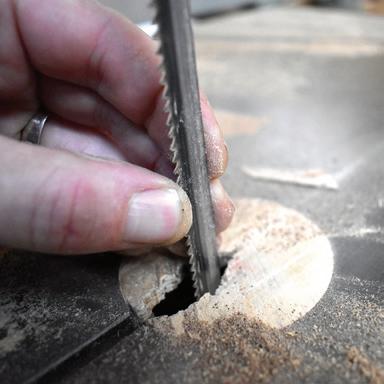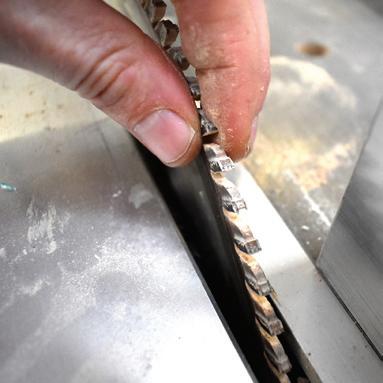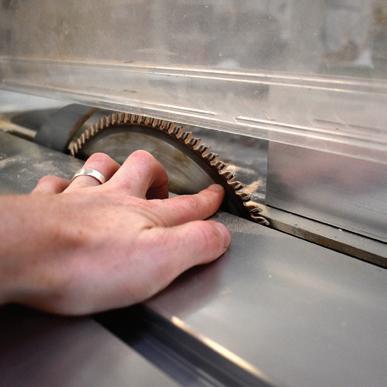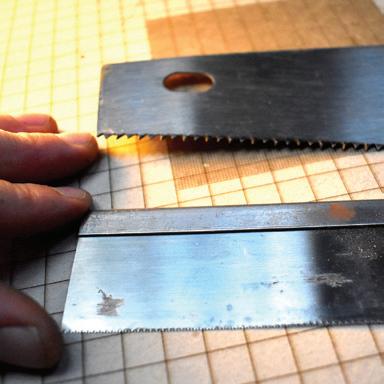
3 minute read
material gestures: tools and resistance
Stephanie White
Advertisement
Clearly there are gaps between visualisation, drawings, models, and the wrestling with the actual materials of construction. The roles each play come with their own conventions, languages, tools and expectations, none entirely convincing.
Richard Collins is a maker of models; his tools are both hand and digital. He makes veterinary and medical models; he makes architectural models, specifically here, with Metis. 1 In the following essay he asks, why make a physical model?
1 Metis is an atelier for art, architecture and urbanism founded by Mark Dorrian and Adrian Hawker at the University of Edinburgh in 1997. Its aim is to connect architectural teaching, research and practice. Their work focuses on the city and the complex ways in which it is imagined, inhabited and representationally encoded. www. metis-architecture.com
There is an undoubted power in a model that comes in part from its miniature world, its incomplete and thus provocative presence, and, Collins maintains, evidence of the ‘gestures of making’, the title of an essay by Vilém Flusser. 2
2 Vilém Fluser, ‘The Gesture of Making’, in Gestures, trans. by Nancy Ann Roth (Minneapolis: University of Minnesota Press, 2014) pp 32-47
He quotes Flusser: ‘To have original ideas’ does not mean to be creative. Creating is a processing of ideas during the gesture of making. Nor are hands creative when they force finished ideas, that is, stereotypes, onto an ad hoc prepared material, as is the case with industrial production. Hands are only creative when, in the course of their struggle with a raw material they have just grasped, they need to develop new ideas.’ Collins describes the interaction of the right hand with the left and the physical qualities of the material in between them as a dialogue between the hands and the objective world. Tools, with their specificity, introduce a distance; they interrupt the ‘gestural dialogues of making’. Digital fabrication uses a sequence of actions based on multiple layers of information, producing forms of great complexity that can be altered and reconfigured at great speed. Nonetheless he writes, ‘complete formal freedom only exists in a virtual environment because in a physical situation there will be material resistance.’ It is possible that the gestures of making are reflexively formed by the qualities of the material and, in an extrapolation beyond the model and this is where Collins’s essay connects to Cavanagh’s on the previous pages, the substance of the materials of architecture.
In the package of work Richard Collins sent for this issue of On Site review was an assemblage of his tools, worth reproducing here. These are the things that stand between the gesture of making and the material made.



all images: richard collins


above: Axe Table saw CNC Router, Saws, Table saw thickness, Bandsaw;
all images: Richard Collins







above: CNC Router tool set, 1mm, 5mm spiral cutters, 1mm spiral cutter, 20mm straight cutter, Adjustable collets, Snapped straight cutter, Melted polystyrene on cutter, Flat and ball-nosed spiral cutters.
all images: Richard Collins
Richard Collins trained as an architect and has a particular interest in visual communication, representational methods and model making. He works in a teaching and research workshop, specialising in digital fabrication technologies, at the University of Edinburgh. www.richardcollinsdesign.com










